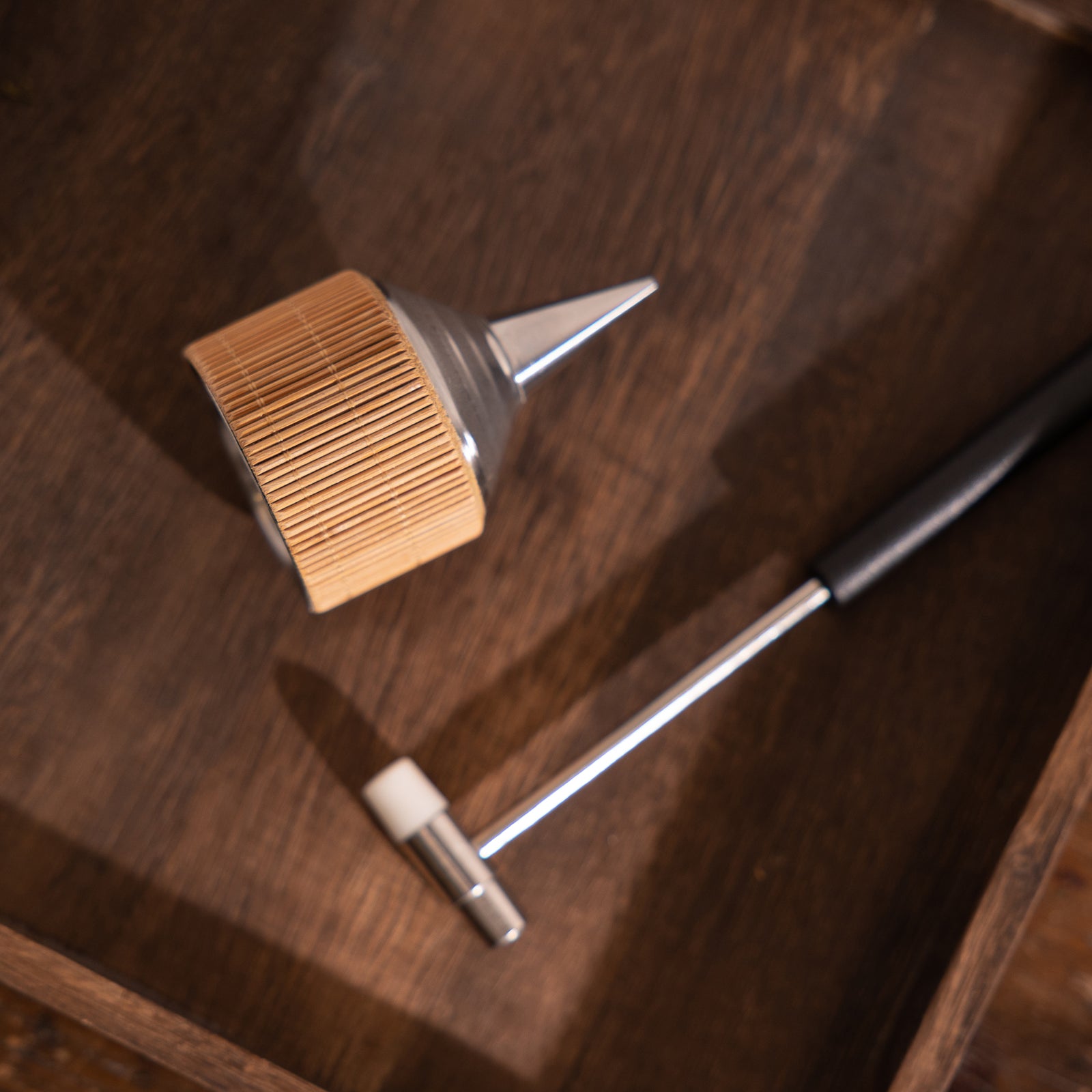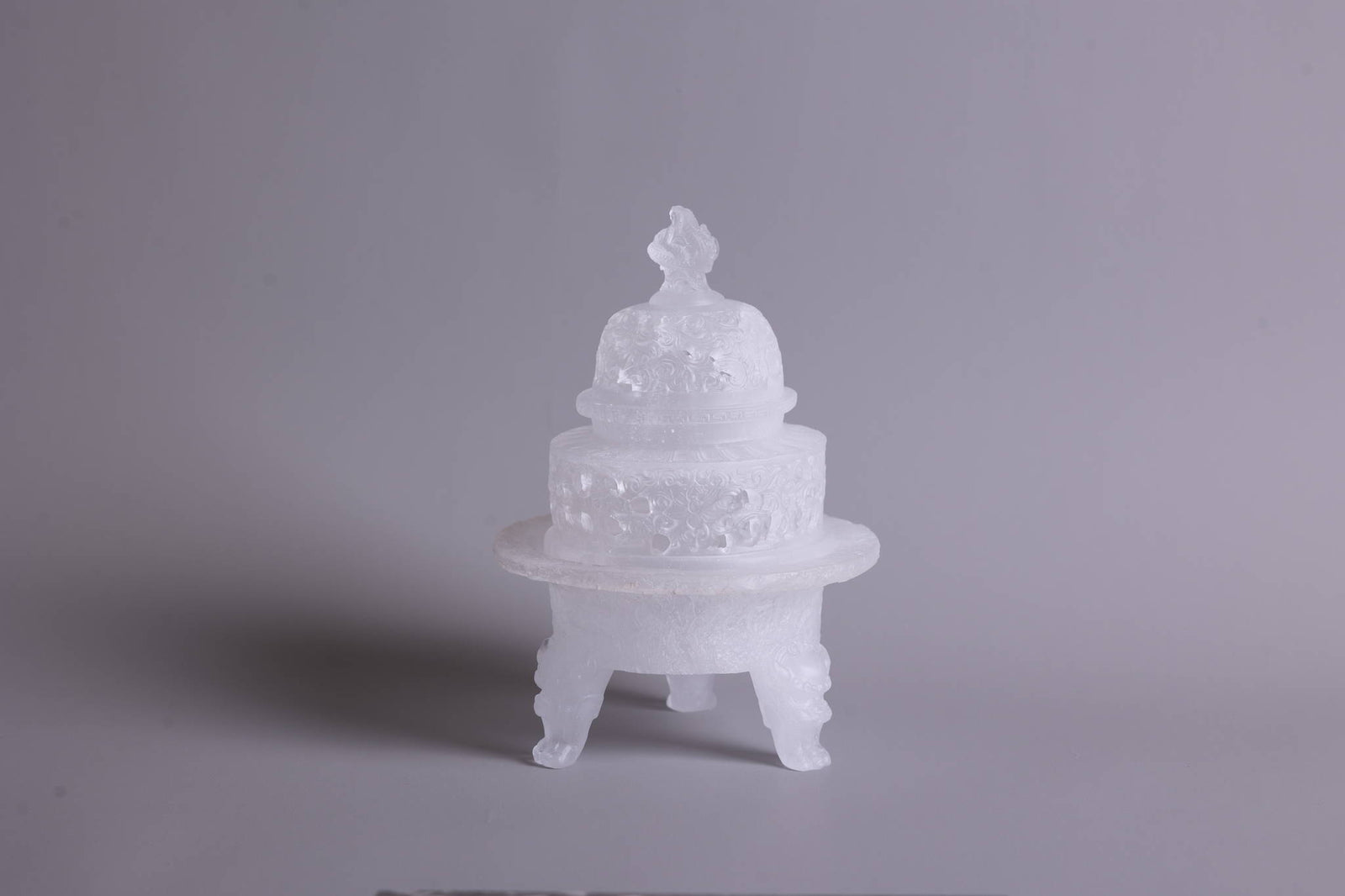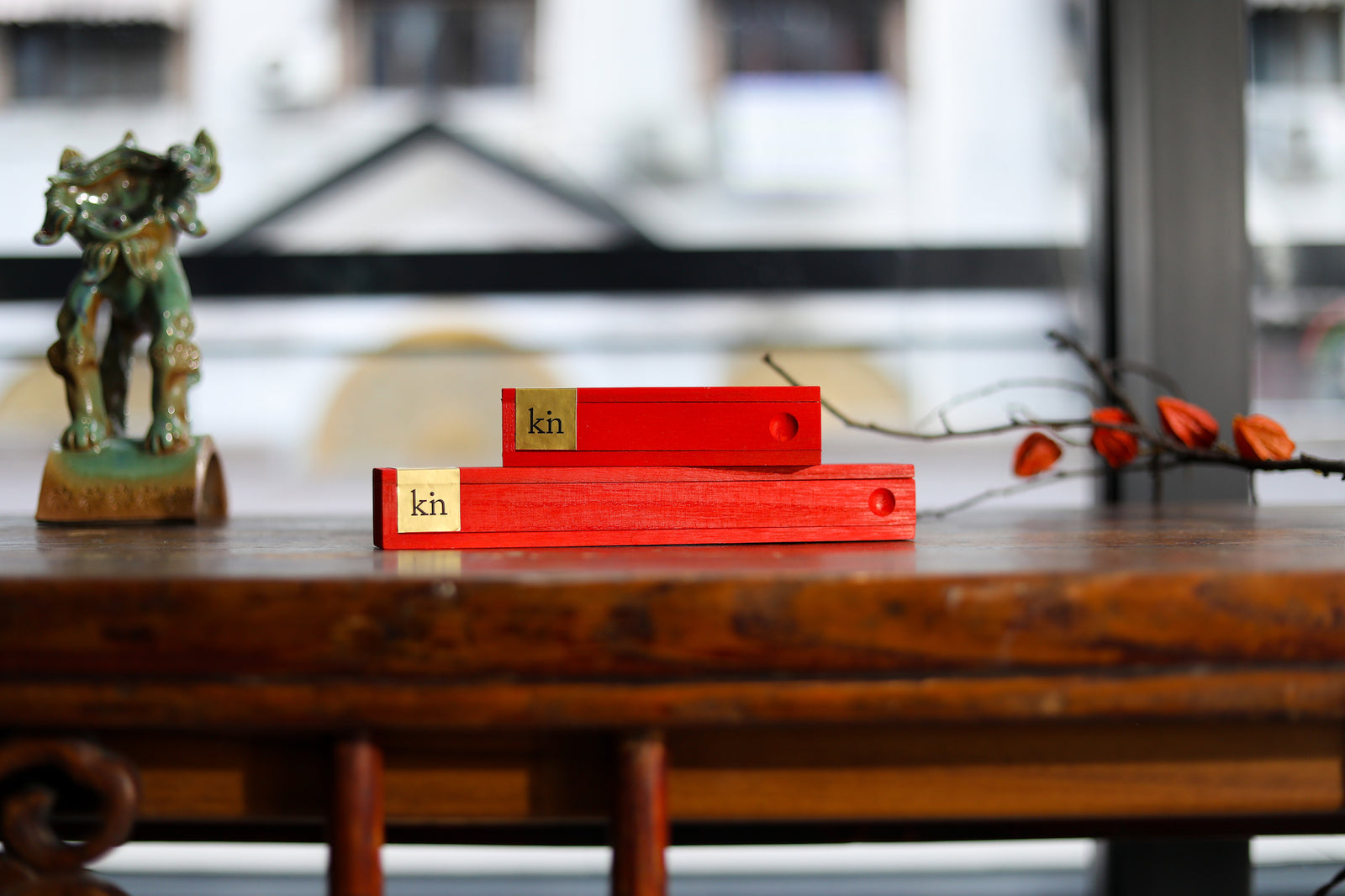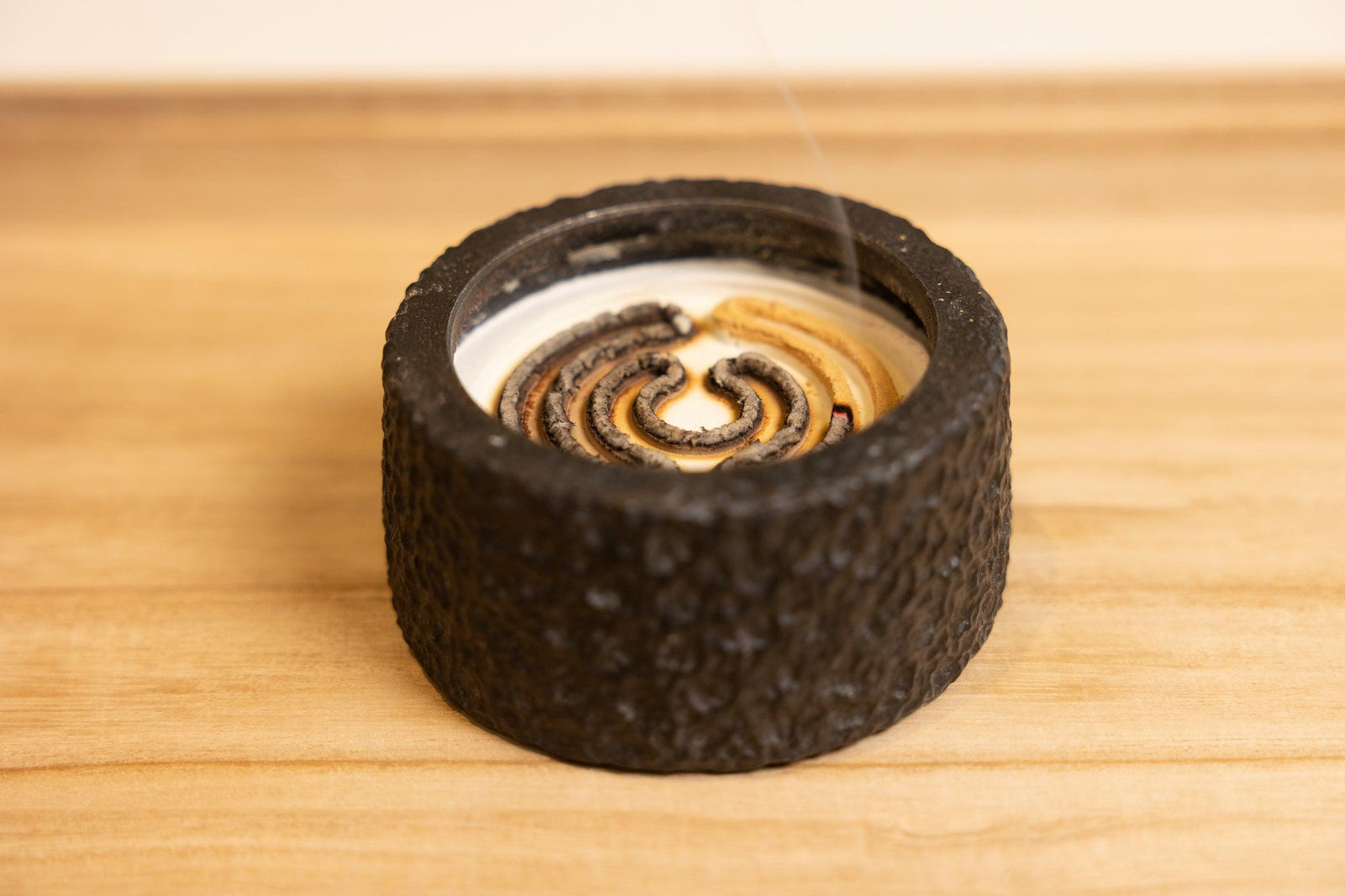What is Liuli? A Brief History
Liuli (琉璃, or 瑠璃) is a form of glass art with thousands of years of history in China. Liuli is also known as liuli crystal, liuli glass, or liuli crystal art. The arrival of glass in China likely occurred from Mesopotamia, Persia or the Roman Empire. Historians believe domestic Chinese production using local materials started around 5th century BCE, some 2,500 years ago.
By the Han dynasty (206 BCE to 220 CE), glass making techniques had reached relative maturity in China, although for most of history, it remained a fairly expensive material reserved for upper class life. Below are some examples of glassware unearthed from the Tang dynasty (618-906) and Song dynasty (960-1279), as displayed in the Futian (Shenzhen) and Zhejiang provincial museums.

Liuli or glassware from the Tang dynasty (7-8th centuries) in the Shenzhen Futian Museum, Wikipedia Commons

Why is Liuli Crystal Art Different From Other Types of Glass and Crystal?
The production process of liuli is distinct from other types of glass such as blown glass. Specifically, it involves a multi-step lost-wax casting process, the same process used for casting bronze statues. This is a costly and time consuming process that allows artisans to create pieces which are more intricate and elaborate than is normally possible with glass.
This ancient technique pre-dates glass blowing, and was almost lost in China before it was revived in recent decades, first by artisans in Taiwan, followed by mainland China. In recognition of the cultural value of liuli, many prominent museums have acquired liuli pieces for their collection, including the Beijing Palace Museum, the Victoria and Albert Museum in London, and the Corning Museum of Glass.
How is liuli made? An Overview of the Lost-Wax Casting Process
An artisan making edits to a wax positive *
From Design to Creating the Wax Positive
In the lost-wax casting process, a design is initially prototyped using wood, modeling clay or 3D printing. A silicone and plaster mold is then made from this prototype, and a wax positive is subsequently made from this first mold. At this stage the wax positive undergoes significant refinement – details are improved and added, flaws and edges are smoothed, until the wax is shaped into the image of the exact final product.
Finalizing the Liuli Mold - How the Wax is Lost in Lost-wax Casting
A temperature resistant plaster mold is made using the finalized wax positive. The wax is then removed from the plaster via a process of steam melting. This is the final mold that will be used for the liuli, and the process of removing the wax positive through melting is what gives this entire casting technique its name, the lost-wax casting process.
Final molds have been made from the wax positives and an artisan prepares for the melting of the wax *
Heating the glass crystal - French Pate de Verre and Kiln Casting
Once the final plaster mold has been created, crystal glass in chosen color combinations either in the form of paste or small pieces is placed into the mold to be heated. When paste is used in the mold, the technique is referred to as the pate de verre technique. When pieces of glass are used, it is referred to as Kiln Casting.
The heating process is carefully controlled to reach temperatures as high as 1000 ℃ / 1832 °F, and for up to 15 days depending on the size of the liuli piece being made. The heated pieces or paste melt together in the mold to create the final form.
Molds with glass crystal pieces or paste being placed into the kiln for heating *
Removing the Plaster Mold
Once the melted and shaped liuli has cooled down, the mold is broken to remove the final product. In lost wax casting, every mold can only be used once – this is why it is such a costly and time consuming process.
Final Re-touches by Hand
Once removed, the liuli piece must be cleaned and undergo final re-touches by hand. Edges are smoothed, parts are polished, and final checks are conducted.
Artisans putting the final touches on liuli pieces from plaster molds *
Our liuli incense burner collection comes from a reputable, family owned local liuli workshop with artisans who are highly experienced in the liuli techniques. We have known the owners for many years - they are respected in the traditional Chinese crafts community for their dedication and experience in many crafts. We have a great amount of respect for their work, and invite you to check out our liuli range here.
* Note all photos of the liuli production process are courtesy of our liuli workshop partner






Leave a comment (all fields required)